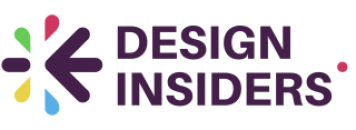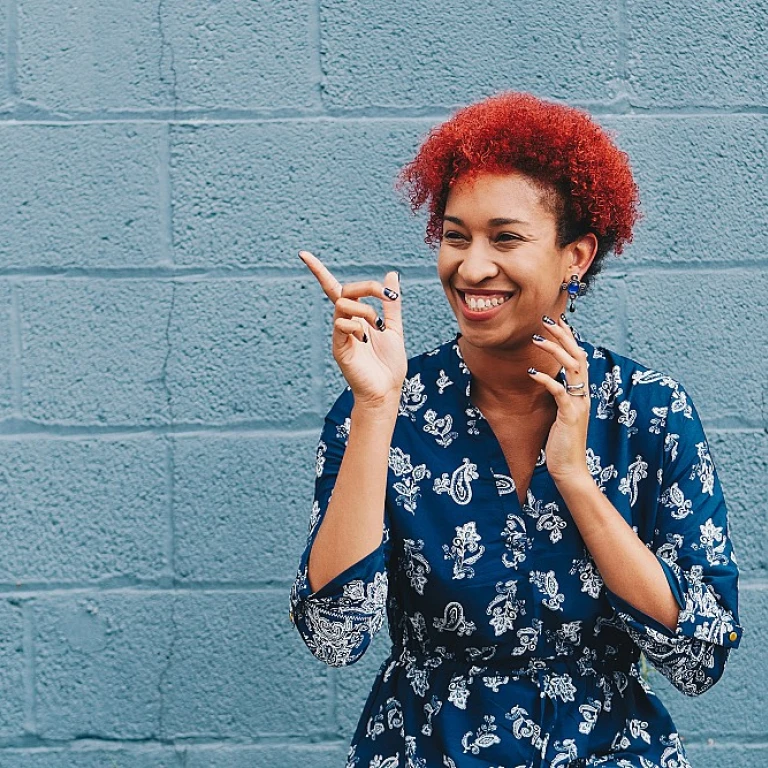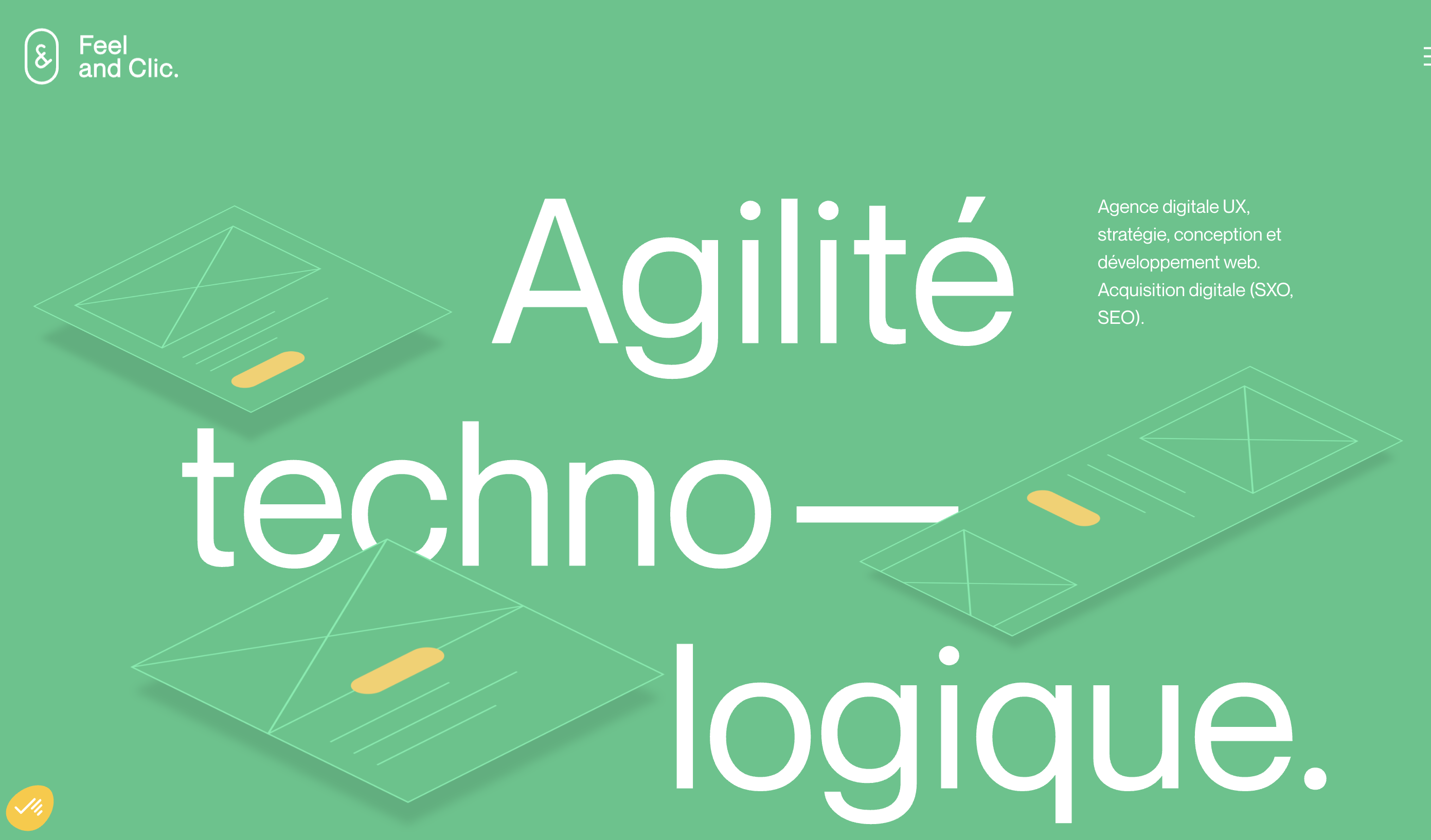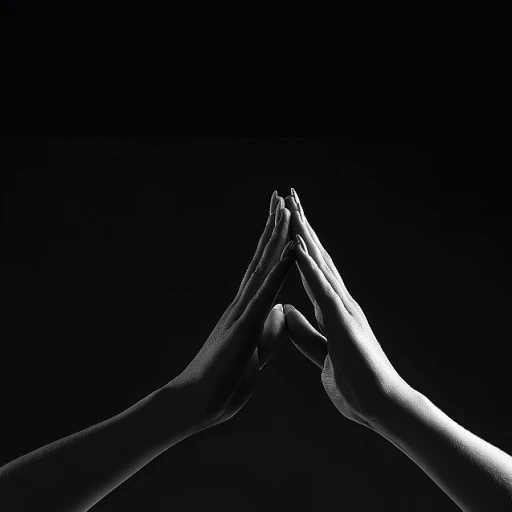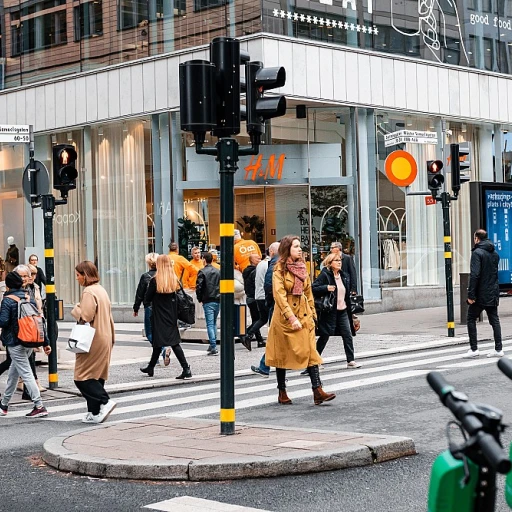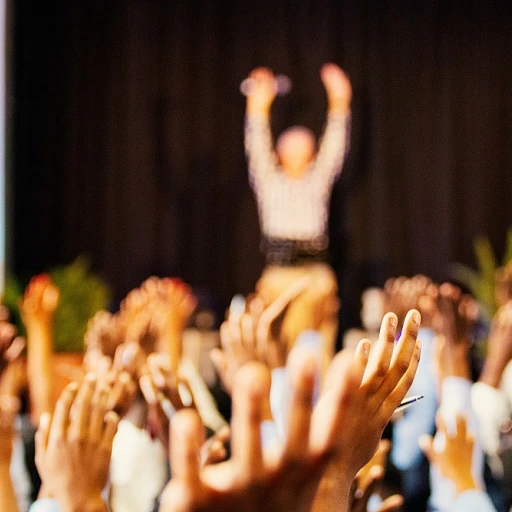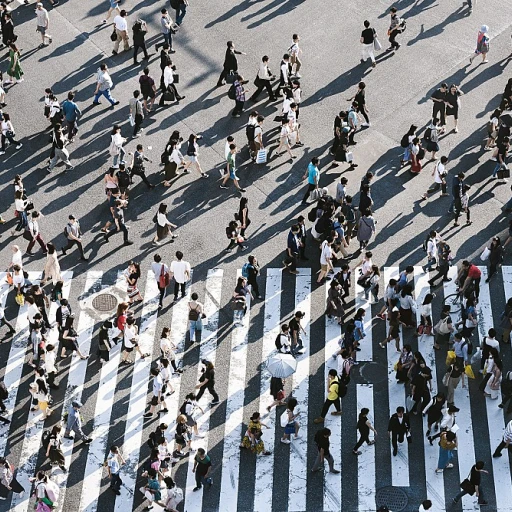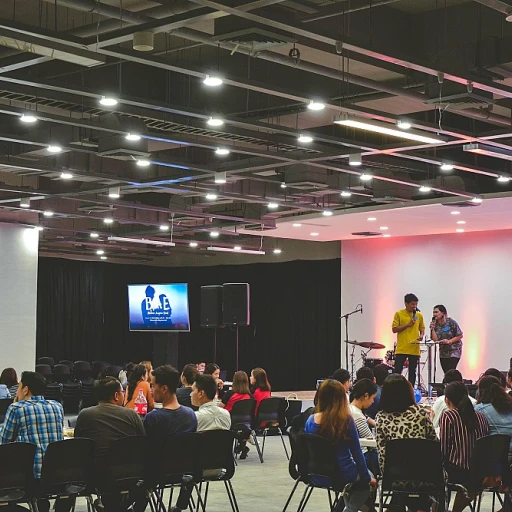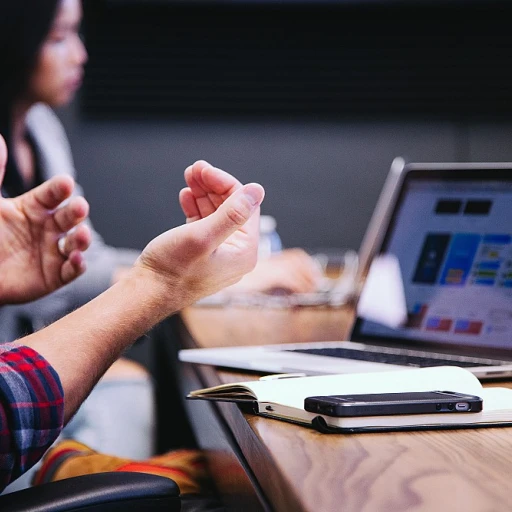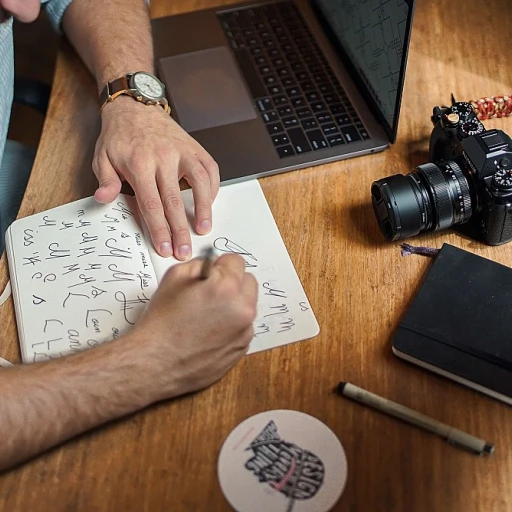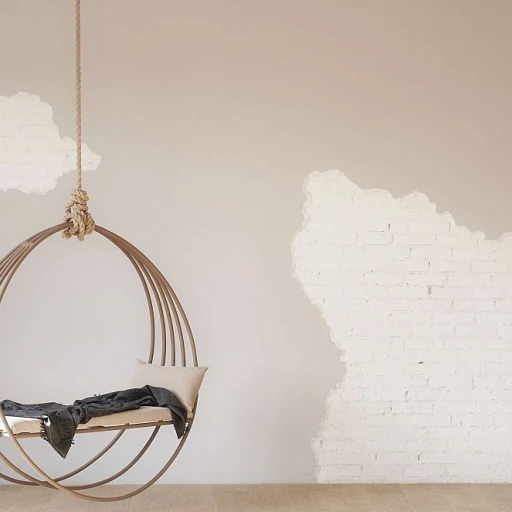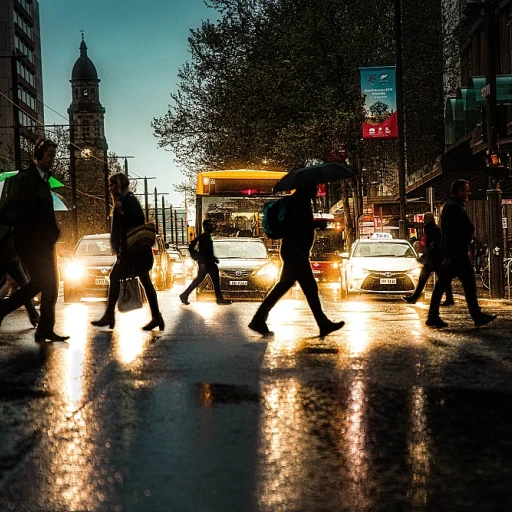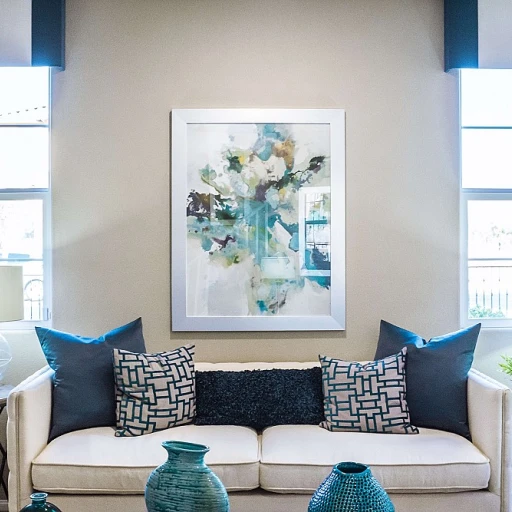
Understanding Circular Economy in Design
Exploring the Core of Circular Economy in Design
The concept of a circular economy in design is reshaping how industries approach the creation and lifecycle of products. At its core, this model aims to minimize waste and make the most of resources. Unlike the traditional linear economy, which follows a 'take, make, dispose' approach, the circular economy emphasizes recycling and reusing materials, thereby reducing waste pollution and conserving raw materials.
In the realm of design, this translates to creating products that are not only innovative but also sustainable. Designers are increasingly adopting principles that focus on the entire life cycle of a product. This includes considering how products can be disassembled and repurposed at the end of their life, thus promoting a closed-loop system.
One of the key aspects of circular design is the use of renewable energy and sustainable materials. By integrating these elements, designers can significantly reduce the environmental impact of their creations. This approach not only addresses climate change but also aligns with the growing consumer demand for sustainable products.
The circular economy is not just a trend; it's a necessary shift in how businesses operate. By adopting circular business models, companies can innovate while also contributing to a more sustainable future. This shift is supported by organizations like the Ellen MacArthur Foundation, which advocates for the transition to a circular economy by providing resources and frameworks for businesses to follow.
As we delve deeper into this topic, we'll explore the benefits and challenges of implementing circular design practices, the role of innovative materials and technologies, and how various industries are adapting to these changes. Understanding these elements is crucial for anyone looking to stay ahead in the ever-evolving design landscape.
Benefits of Circular Design Practices
Advantages of Adopting Circular Design
Incorporating circular economy principles into design practices brings about a multitude of benefits, not just for the environment, but also for businesses and consumers alike. By prioritizing sustainability, designers can create products that have a longer lifecycle and minimize waste, ultimately reducing the environmental footprint. This eco-friendly approach often leads to more efficient resource usage and can significantly cut costs.
Moreover, design practices that embrace circularity can significantly enhance a brand’s reputation. Consumers are increasingly drawn to brands that demonstrate a commitment to sustainability, making circular design a key factor in building customer loyalty. The sustainable message resonates, as a growing number of consumers actively seek out products and services that align with their environmental values.
Economically, circular design gives companies an edge by paving the way for innovative business models. For example, the concepts of product-as-a-service or take-back schemes encourage ongoing interactions with customers, fostering stronger relationships and potentially creating repeat business opportunities. It presents a compelling way to differentiate in a competitive market.
Additionally, circular design sparks creativity. Designers are challenged to think outside the box, utilizing innovative materials and processes, leading to more unique and compelling product offerings. This can result in standout experiences in design, as detailed in our blog on creating an addictive user experience, where creative approaches are pivotal for engagement.
Challenges in Implementing Circular Economy in Design
Overcoming Obstacles in Circular Design
Adopting circular economy in design presents a unique set of challenges that designers and businesses need to navigate. Understanding these challenges is essential for making informed decisions and implementing effective practices. The first challenge lies in changing mindsets. Circular design requires a paradigm shift from traditional linear models, which focus on a take-make-dispose approach, to a system where materials are reused, remanufactured, and recycled. This can be difficult as it involves educating stakeholders about the long-term benefits of circular practices over immediate economic gain. Supply Chain Adjustments are another significant hurdle. Circular design necessitates robust collaboration across the supply chain to ensure that every component and material can be reused. Building a network of suppliers and manufacturers who embrace circular values can be time-consuming but is crucial for success. Cost Implications also play a critical role. Initial investments in innovative materials or technology, like those found in enhancing engagement with 360° product design, may be higher. However, these costs can be offset by long-term efficiencies and reduced material expenses. Moreover, the lack of standardized regulations sometimes complicates efforts. Inconsistent laws and regulations across regions can inhibit the seamless adoption of circular methods. Advocacy for universal standards is vital to overcoming this challenge. Finally, there's the cautionary tale of technological dependency. While advanced technologies can facilitate circular economies, relying heavily on them may create vulnerabilities, especially if such technology evolves rapidly or is subject to obsolescence. For instance, advancements in artificial intelligence in design can bolster circular strategies, but designers must balance innovation with sustainability. Despite these challenges, the path to a circular economy is paved with opportunities for innovation and sustainable growth.Innovative Materials and Technologies
Revolutionizing Waste with Innovative Materials
In the pursuit of a circular economy in design, one pivotal aspect is the adoption of innovative materials and technologies. This approach not only emphasizes sustainability but also encourages creativity and efficiency in design processes. The development of eco-friendly materials, for instance, plays a crucial role in minimizing environmental impact while maintaining high-quality design outputs.
A variety of breakthrough materials have emerged that align with the principles of circular design. Biodegradable plastics, recycled metals, and organic textiles are being increasingly utilized, offering a sustainable alternative to traditional resources. These materials are designed to be reused or recycled, thus reducing landfill waste and promoting resource efficiency.
Technologies Transforming the Design Landscape
Technological advancements also hold significant promise for enhancing circular economy practices. Techniques such as 3D printing allow for precise production while minimizing resource waste. It enables the creation of complex geometries and reduces the need for extra materials typically required in conventional manufacturing processes.
Additionally, smart design software equipped with features to optimize material utilization further supports sustainable practices. By analyzing design patterns and suggesting material efficiencies, these tools enable designers to make informed choices that align with circular strategies.
Embracing Biomimicry in Design
An intriguing trend in material innovation is the application of biomimicry, where design solutions are inspired by nature. This approach not only fosters creativity but also encourages the development of materials and technologies that are compatible with natural ecosystems. By mimicking the efficient systems of nature, companies can create products that are both environmentally conscious and innovative.
The integration of these materials and technologies within the design industry is forging a path towards a more sustainable future, without sacrificing creativity. By continuously exploring new materials and embracing technological advancements, designers can contribute to a resilient circular economy that prioritizes long-term ecological health over short-term gains.
Case Studies of Circular Design
Real-World Applications of Circular Design
In the realm of circular design, examining real-world applications provides a clearer picture of its potential and effectiveness. By implementing circular economy principles, some companies and projects have managed to achieve sustainability without sacrificing creativity, showcasing the benefits previously discussed.
One outstanding example is the fashion industry's shift towards sustainable practices. Brands are increasingly utilizing recycled materials and creating closed-loop systems, transforming worn-out garments into new products. This not only reduces waste but also encourages a fresh wave of creative designs, standing as a testament to the circular economy's advantages.
In product design, electronic companies are increasingly adopting modular systems. This approach allows consumers to replace or upgrade parts, prolonging the product's life. It's a perfect illustration of how circular design can integrate sustainability and innovation, as products become both adaptable and long-lasting.
Moreover, some furniture companies have embraced the principles of circular design by constructing pieces from reclaimed wood. This technique not only highlights the importance of resource efficiency but also paves the way for unique, handcrafted designs that capture the essence of sustainability.
These case studies underline the potential of integrating circular economy practices in design. They demonstrate how industries can transform challenges into opportunities, sparking creativity and ingenuity while contributing to environmental conservation. By understanding and learning from these successful examples, other sectors can address the challenges associated with circular design, ultimately paving the way for a more sustainable future.
Future Trends in Circular Design
Anticipating the Future of Circular Design
In the dynamic world of design, circular economy principles are no longer just an option but a necessity. As we look forward, several trends stand out, promising to reshape how designers approach their craft.- Advanced Material Sourcing: Emerging technologies continue to open up new possibilities for sustainable materials. For example, bio-based polymers and composites that offer durability without the environmental cost are gaining traction. By focusing more on these materials, designers can align with evolving consumer preferences for green products.
- Modular and Flexible Design Approaches: As detailed in previous discussions, circular design thrives on adaptability. Future design practices will likely incorporate modularity, allowing products to be reassembled and reused, further reducing waste.
- Circular Business Models: With consumers increasingly considering the environmental impact of their purchases, companies are exploring subscription models and shared economy solutions. These initiatives are expected to grow, encouraging more brands to integrate circular methods into their offerings.
- Digital Tools and AI Integration: While we've touched on the challenges of implementing circular concepts earlier, technology can address some of these. For instance, digital platforms are emerging that can simulate the entire lifecycle of a product, helping designers optimize sustainability from conception to disposal. AI and machine learning also provide insights into material efficiency and lifecycle prediction.
- Legislation and Standards: Globally, regulations pushing for reduced carbon footprint and waste elimination are becoming stricter. Designers should anticipate compliance with these evolving standards, which will likely defuse resistance to the widespread adoption of circular economy principles.
